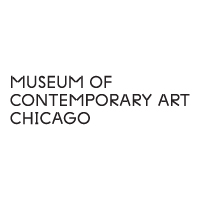Ali Kazim Wins Mahvash and Jahangir Siddiqui Foundation Juried Art Prize
By Helena Halim

ALI KAZIM has won the first Mahvash and Jahangir Siddiqui Foundation Juried Art Prize with a new, untitled installation of human hair, hair spray and invisible thread at the inaugural Karachi Biennale. Courtesy the artist.
Lahore-based artist Ali Kazim was announced the winner of the Mahvash and Jahangir Siddiqui Foundation Juried Art Prize on October 21, during the opening ceremony of the first Karachi Biennale (KB17) in Pakistan. The Pakistani artist was awarded for his installation piece whereby he uses human hair to create a three-dimensional drawing. The award ceremony took place at the historical Narayan Jagannath Vaidya High School, one of KB17’s venues. The artist received a trophy that is designed to capture the spirit of the city.
Kazim’s winning installation is an untitled work that reflects his interest in the human body. It was chosen out of over 140 artworks displayed across the 12 venues of the Biennale. The jury for the award consisted of international cultural journalist, Ingo Arend; modern and contemporary South Asian art critic, Savita Apte; and one of Pakistan’s leading contemporary art collectors, Khurrum Kasim.
The award won by Kazim was one of the two prizes given during KB17’s inaugural ceremony; the other is the Shahneela and Farhan Faruqui Popular Choice Art Prize. Both awards are part of Karachi Biennale Trust’s effort to recognize artists for engaging with Pakistan’s contemporary art scene via KB17’s theme, “Witness.”
KB17 is Pakistan’s biggest international contemporary art event and coincides with the celebration of Pakistan’s 70 years of independence from the British Empire. It is open to the public across its 12 venues and features works by Yoko Ono, Shahzia Sikander, Richard Humann, Michelangelo Pistoletto, Orlan, Bani Abedi, Meher Afroz, Miro Craemer, Bankleer, Ruby Chishti and more.
Ali Kazim’s winning work is on show at the Karachi Biennale 2017, which runs until November 5, 2017.
To read more of ArtAsiaPacific’s articles, visit our Digital Library.








